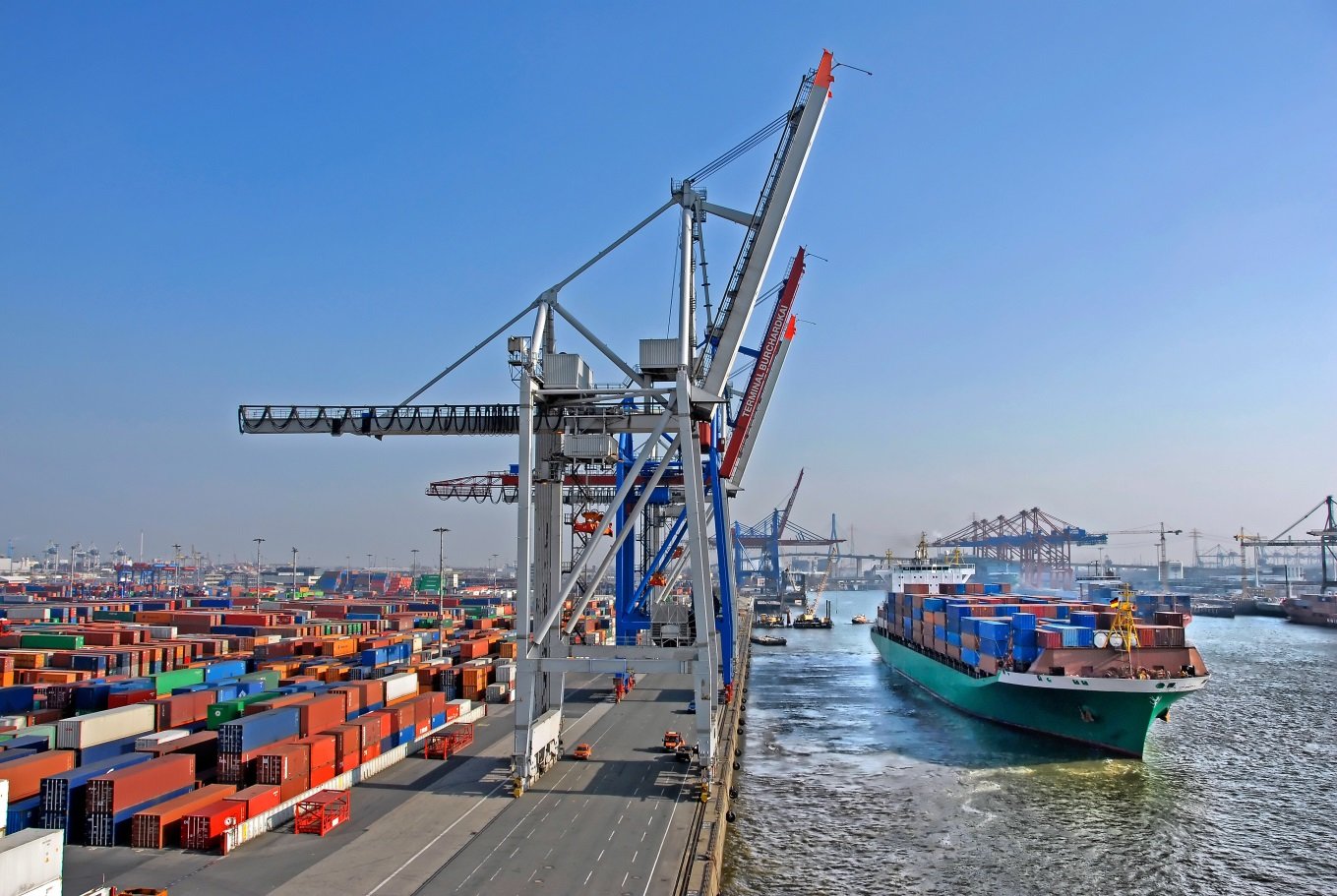
Blog
LHWCA Benefits vs. State Workers’ Compensation Benefits
Posted in Jones Act
The dangers associated with maritime employment are well documented. Personnel in this industry are consistently exposed to numerous threats to their physical and mental health, from hypothermia to falling objects. Injuries are hardly uncommon—but, luckily, wounded seamen are not left to their own devices. The law provides various mechanisms through which maritime personnel can obtain compensation for the harm they have sustained in connection with their duties.
Here’s where matters can get confusing. There are a variety of laws on the books that define the types of compensation available to maritime employees, and it’s not always clear whether a statute applies in a particular personal injury case.
One of the more common points of confusion deals with the apparent conflict between the benefits and protections allotted by state worker’s compensation and those provided by the Longshore and Harbor Workers Compensation Act (LHWCA). How can a maritime worker know if they qualify for one or the other? Which is “better”? What is the role of a longshoremen lawyer in all this? Let’s take a closer look at this issue.
The LHWCA: A Brief Overview
The Longshore and Harbor Workers’ Compensation Act (sometimes called the Longshore Act) was signed into law in 1927 to augment the inadequate workplace protections that had been granted to maritime personnel prior to that point in time. The LHWCA offered workers’ compensation benefits to those who become injured while employed on U.S. navigable waters. Since the passage of the Act, it has been modified on multiple occasions over the years, substantially extending its scope of coverage.
Today, the LHWCA is administered by the Division of Longshore and Harbor Workers’ Compensation (DLHWC), which is itself managed by the United States Department of Labor. In 2016, about $1.3 billion in benefits were paid out under the guidelines of the LHWCA.1
Types of Disability Under the LHWCA
When dealing with the LHWCA, not all forms of disability are alike. There are two major factors that must be determined: (1) the duration of the injury or illness, and (2) the scope of the injury or illness.
- Temporary vs. Permanent Disability – According to LHWCA standards, “temporary” disability is one where the individual in question is still in the process of recovery, as certified by a qualified medical professional. A “permanent” disability is one which is not expected to improve further.
- Total vs. Partial Disability – An individual is considered to be suffering from “total” disability when they are completely unable to perform their work duties. “Partial” disability means that the employee cannot perform their usual job but can carry out duties that have been modified or reduced to accommodate their impaired condition.
Benefits Under the LHWCA
Qualified personnel who become injured or sick due to their job responsibilities are classified in one of four categories recognized by the LHWCA, each with a unique compensation scheme hinging on the extent and duration of the employee’s disability. All compensation paid out under the LHWCA is circumscribed by the Minimum (MIN) and Maximum (MAX) rates, which are recalculated on October 1st of each year. These rates are based on the National Average Weekly Wage (NAWW) as determined by the U.S. Department of Labor.
As a general rule, the qualified employee’s disability compensation under the LHWCA must fall between the MIN and MAX limits. One exception to this rule occurs when the employee’s Average Weekly Wage (AWW)—usually based on the previous 52-week period—falls below the MIN rate; in this case, the compensation is paid out at the AWW rate.
The four disability categories recognized by the LHWCA are as follows:
- Temporary Partial Disability (TPD) – If the employee has a partial disability from which they are expected to make a full recovery, then they are entitled to compensation payments calculated at two-thirds of their “loss of earning capacity.”
- Temporary Total Disability (TTD) – If the employee has a total disability from which they are expected to make a full recovery, then they are entitled to compensation payments calculated at two-thirds of their Average Weekly Wage.
- Permanent Total Disability (PTD) – This is paid out at the rate of two-thirds of the employee’s AWW, and continues for the duration of their disability. The rate can be modified based on increases in the NAWW.
- Permanent Partial Disability (PPD) – This classification consists of three subcategories: Scheduled PPD, Unscheduled PDD, and PDD for Retirees.
- Scheduled PDD – If the partial impairment is permanent in nature, then disability payments are calculated according to a detailed schedule that covers a wide range of impairments (e.g., loss of arm, loss of finger, loss of hearing, and so on). Each listed body part is assigned a period of eligible compensation, expressed as a specific number of weeks. The full list of injury types is too extensive to summarize here, but the full schedule is available on the Department of Labor website. These payments are issued in addition to compensation set at two-thirds of the employee’s AWW.
- Unscheduled PDD – Any physical disability that is not mentioned in the official LHWCA list of recognized impairments is classified as “unscheduled.” In these cases, payments are calculated at two-thirds of the individual’s loss of earning capacity. These payments are issued for the duration of the injury or illness.
- PDD for Retirees – If the disability isn’t diagnosed until after the retirement of the individual in question, then payments are calculated according to the standards of the AMA Guides to the Evaluation of Permanent Impairment.
Qualified Individuals Under the LHWCA
It is important to understand that not everyone who could conceivably be termed a maritime employee is eligible for LHWCA compensation. Over the years, the Act has been modified several times to redefine its scope of protection. At the present time, the LHWCA concerns itself with two basic questions when determining who qualifies for benefits:
The Status Test – To qualify for LHWCA benefits, the individual must have been engaged in maritime labor as a substantial part of their job duties. This group usually includes longshoremen and persons in closely related occupations. However, crew members of a ship are not covered by the LHWCA; they’re protected by the Jones Act instead. Aquaculture employees are also excluded.
The Situs Test – This refers to the location where the employee’s job duties were performed (situs means “site” in Latin). According to the LHWCA § 903, the injury must have occurred “upon the navigable waters of the United States,” which can include piers, wharfs, terminals, marine railways, and related areas. Strictly speaking, the employee does not need to have been “upon” the waters to qualify; the courts recognize that a worker who was near or adjacent to navigable waters should receive LHWCA benefits.
Comparisons with State Workers’ Compensation Benefits

In many cases, the benefits provided by the LHWCA significantly exceed those available from state worker’s compensation. For example, Temporary Total Disability payments under the LHWCA are set at two-thirds of the employee’s Average Weekly Wage, while state worker compensation is generally lower. That’s why opting for LHWCA benefits—when a choice is possible—tends to be the best strategy.
Additionally, LHWCA payments are usually issued for the duration of the disability (though Temporary Partial Disability is capped at five years), so long as the individual can present medical documentation attesting to their disabled condition. This is often not the case with state worker’s compensation.
Depending on the maritime employee’s state of residence, it may be possible to collect both worker’s compensation and LHWCA payments, but the benefits issued through the latter program will be reduced so that the worker does not receive more than the maximum possible from either program. Some states do not allow maritime employees to collect worker’s compensation at all if they qualify for LHWCA benefits.
Due to the various exceptions and exclusions that govern LHWCA benefits, it’s not always a straightforward matter for an injured maritime worker to determine what they should do to maximize their compensation. Contacting an experienced longshoremen injury attorney like the ones at Schechter, Shaffer & Harris, L.L.P., should be the first step in your journey. Feel free to call Maintenance & Cure at (800) 836-5830.
Sources














